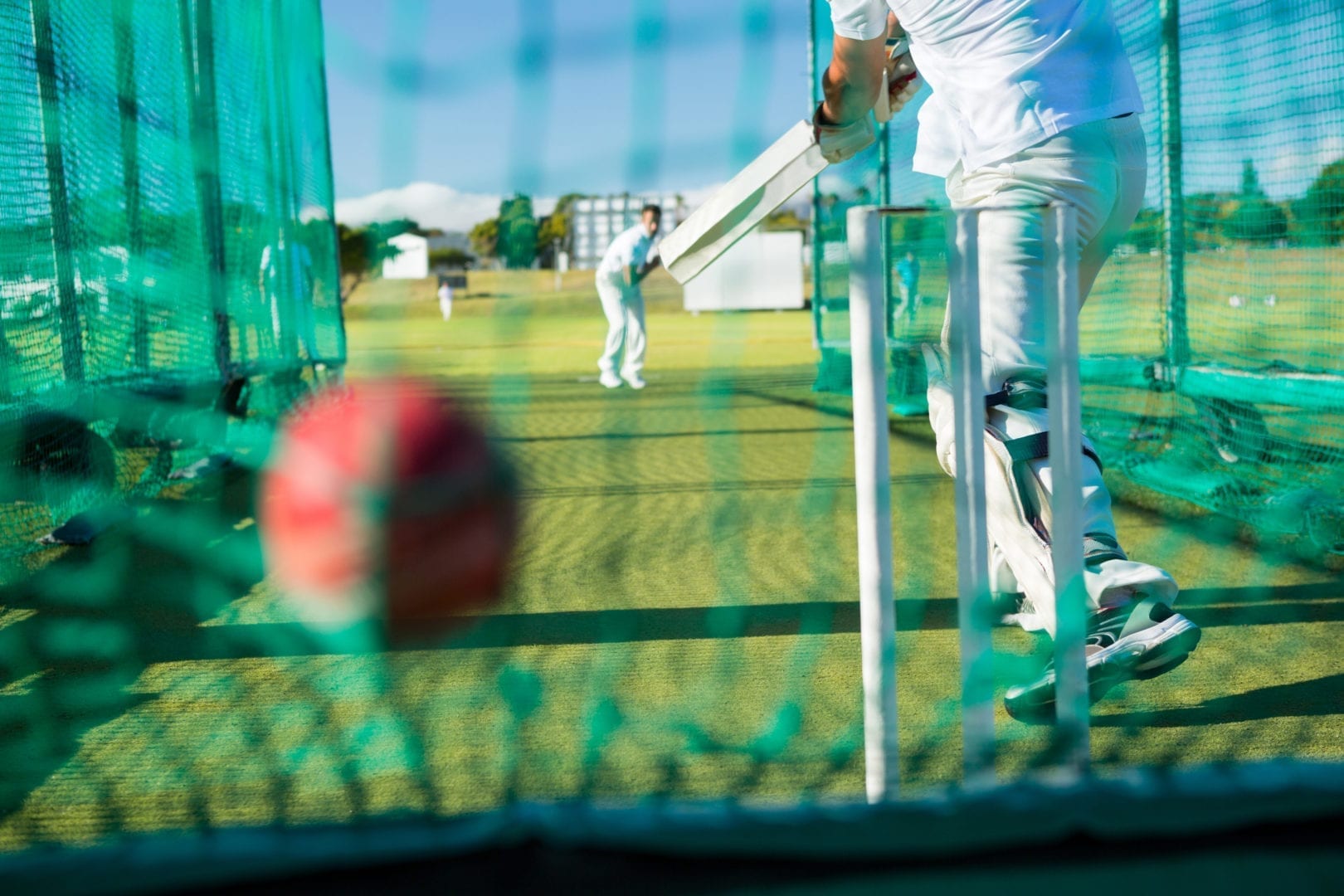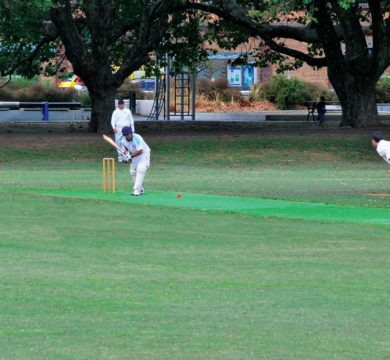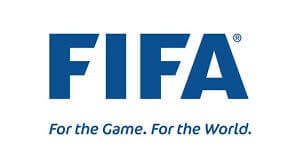
While an artificial cricket-wicket requires significantly less maintenance than a natural grass wicket, there are still a few important things to keep in mind.
Cricket requires a high level of accuracy, coordination, balance, and concentration. It makes sense that the surface played on needs to be high quality. Small imperfections can be an unwelcome distraction and cause excessive deviations in ball trajectory.
We have compiled a list of maintenance tips, so that it’s easier to keep your artificial wicket looking sharp, and your game free from distractions:

The most important thing to do is to keep an eye on things. Check for:
Nobody likes a bunch of rules, but having some in place will help the lifespan of your wicket. Here is one of our suggestions:
No metal spiked footwear – soft-soled, rubber cricket boots/rubber spikes only
This is because the use of metal spikes on a concrete-based surface will not only damage and rip the surface, but they will also create a slip hazard.
Weeds and moss growing through the pitch
Correct preparation of the surface before installation will help to minimise any problems with unwelcome plant-life. Similarly, regular brushing of the pitch will help to prevent seeds from germinating.
When it isn’t used for long periods of time, moss can grow on the wicket, making the surface slippery and reducing quality and performance.
It’s important not to pull the weeds out, as this will not completely remove the roots.
The best way to deal with weeds and moss on an artificial wicket is to use a herbicide that has been approved by your turf’s manufacturer. In most cases, you will spray the turf and wait 10-14 days before brushing it off.
As a rule, the general maintenance of an artificial cricket turf can be done by the club. More involved repairs and maintenance – ones that require removal, lifting, or rolling of the turf – ought to be done by, or in consultation with your manufacturer.
Keep it beautiful year-round, and when summer hits, you will be ready to play! Meanwhile, you can find out more about Tiger Turf’s cricket turf solutions here.





